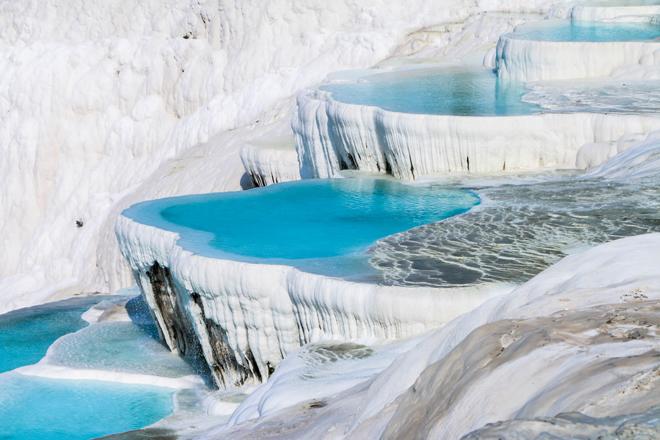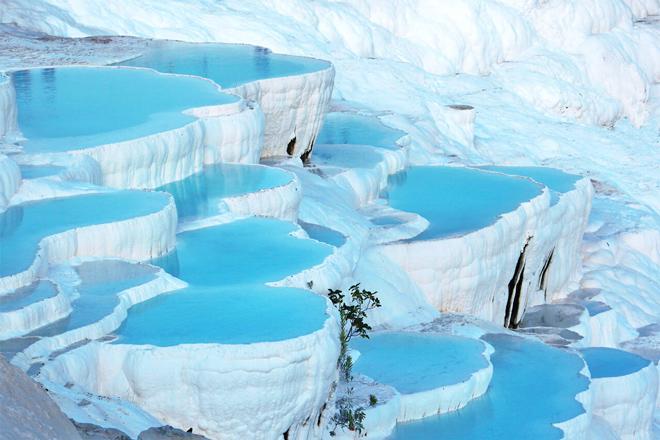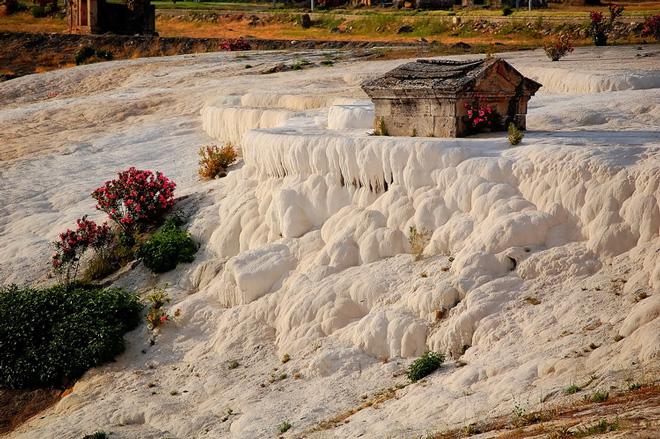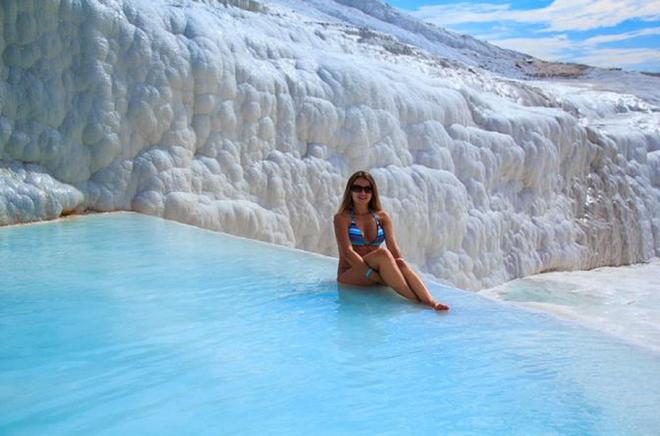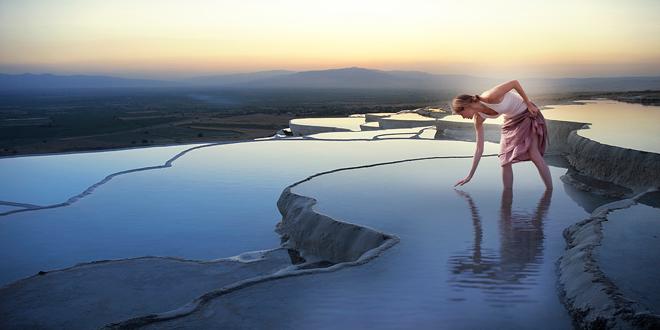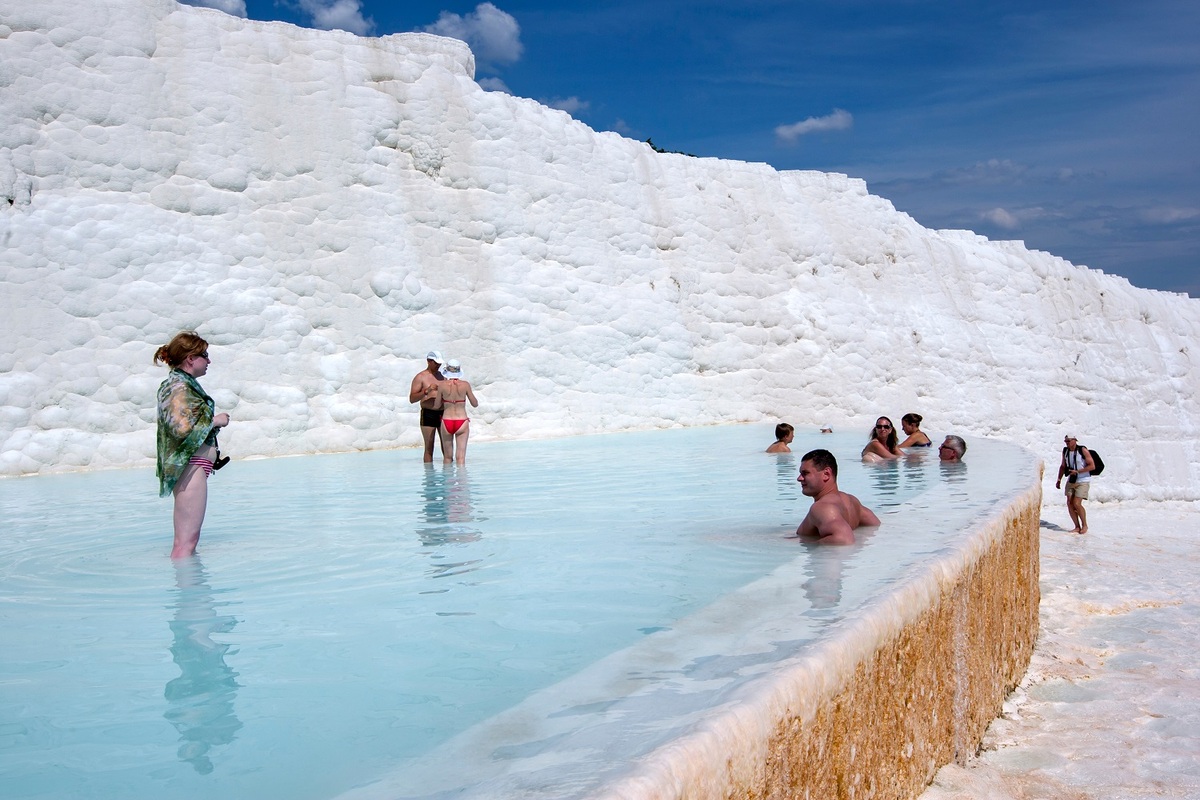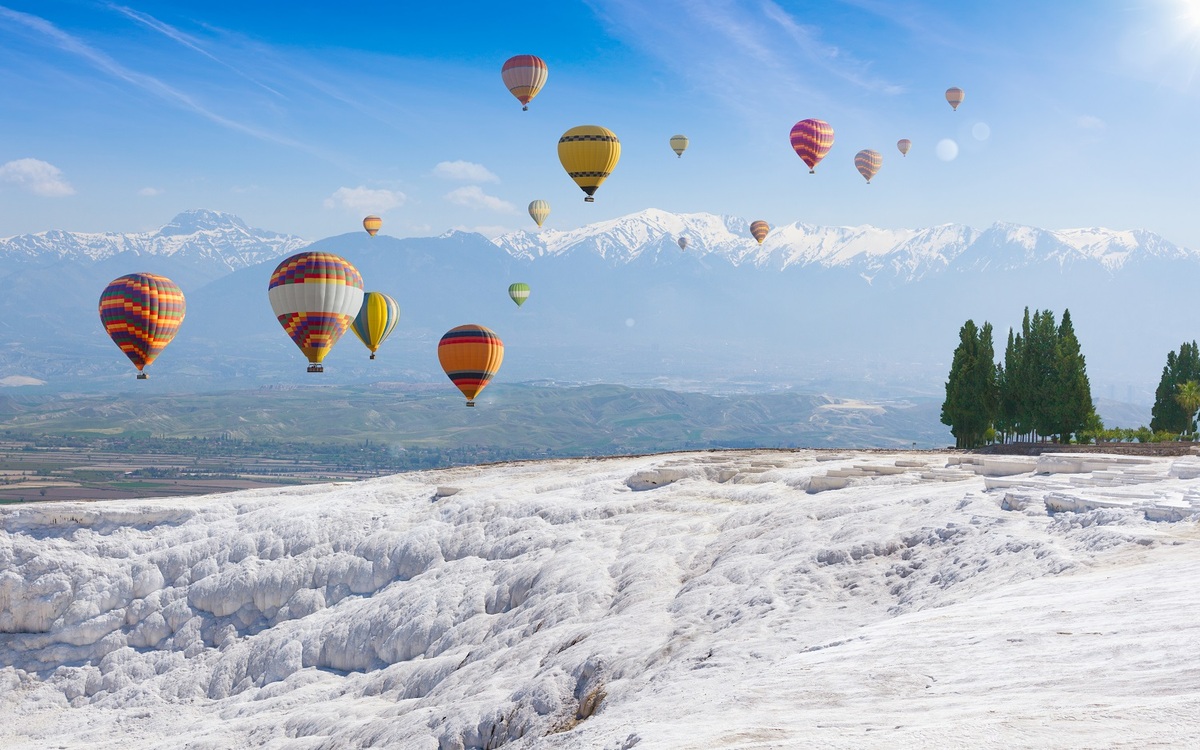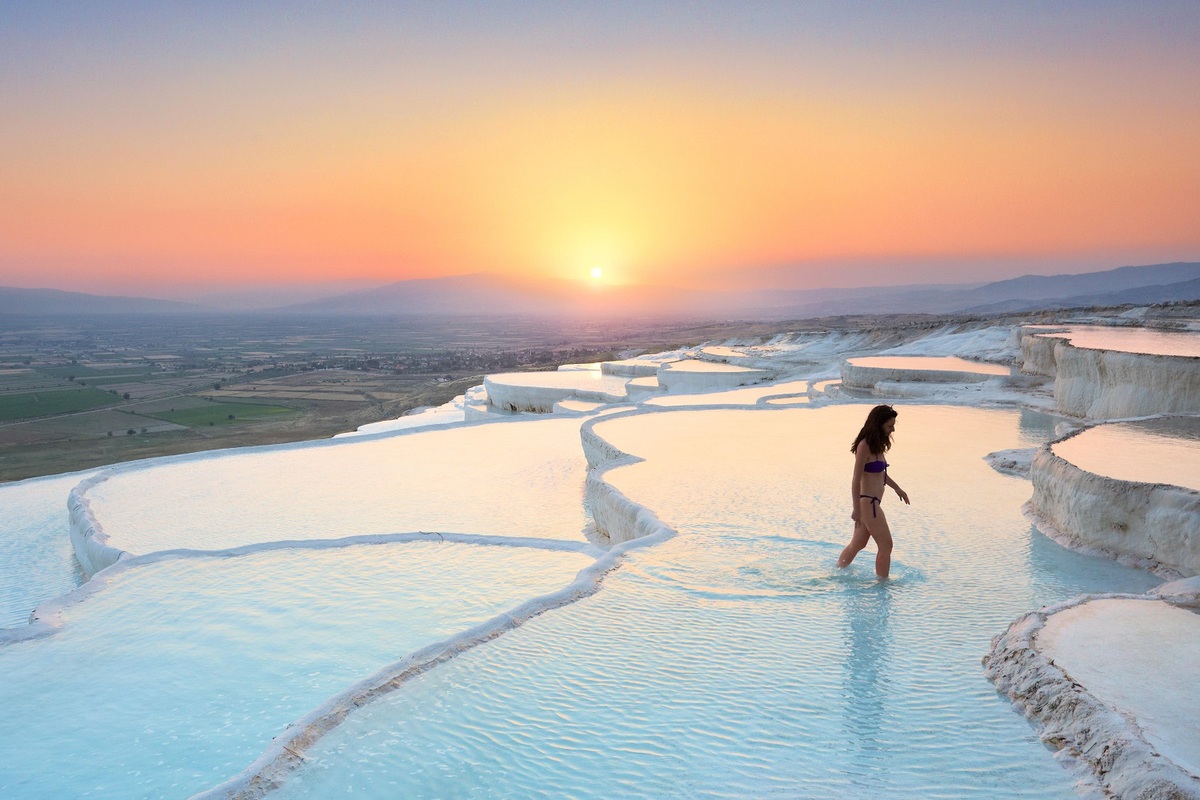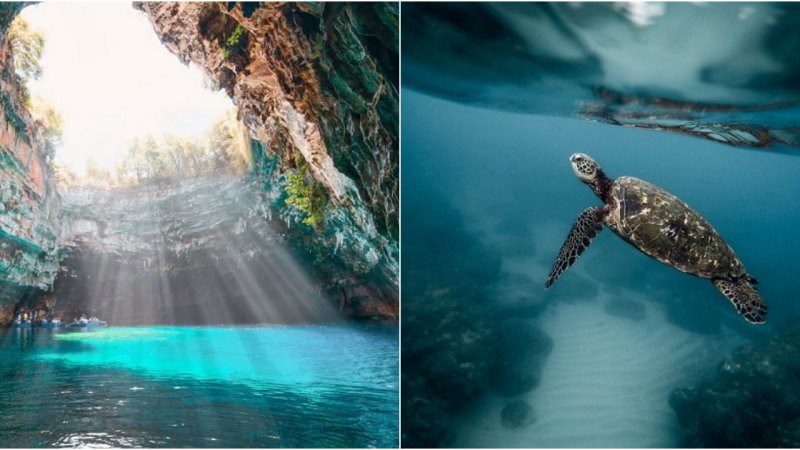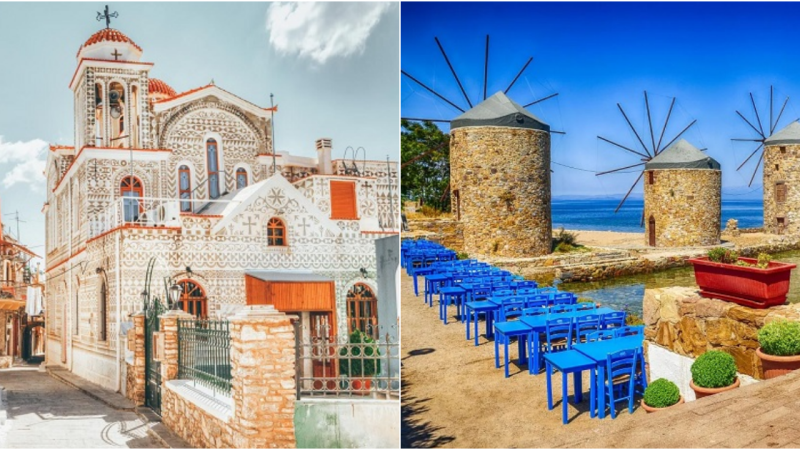Pamukkale – The Cotton Castle A natural masterpiece
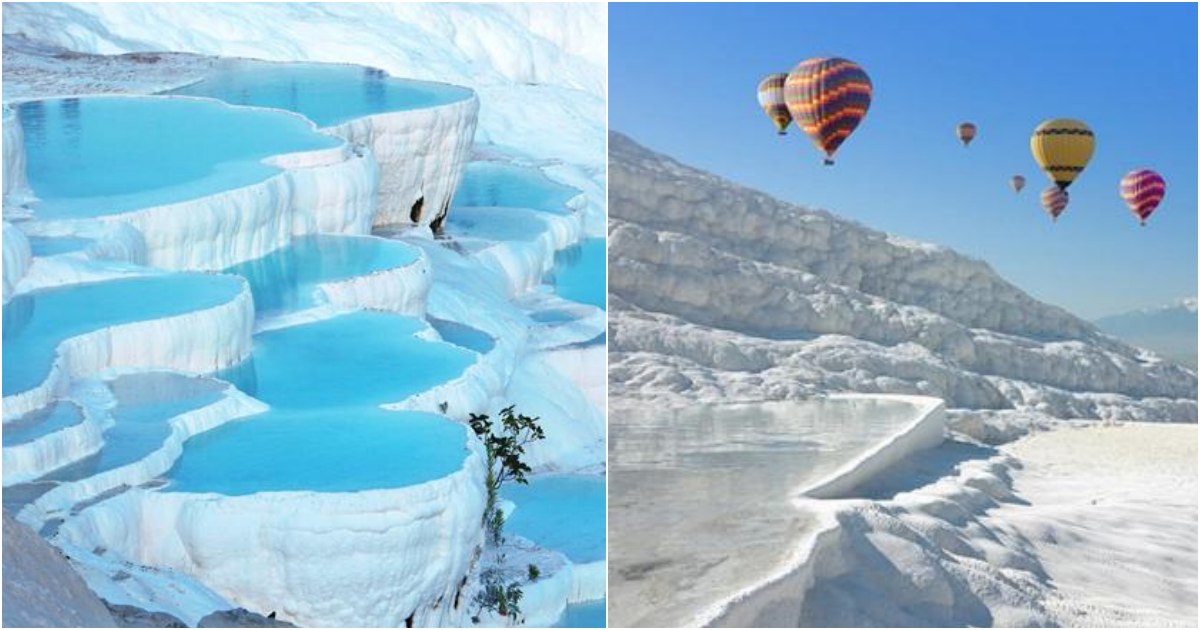
Pamukkale, also known as the Cotton Castle in Turkish, is a natural geological area located in the southern Aegean region, about 20 km from the city of Denizli and approximately a 2.5-hour drive from the tourist town of Kusadasi. The area is formed by thermal springs cascading down high cliffs of about 200 meters, overlooking the Cürüksu plain. Over thousands of years, calcium carbonate in the flowing water has been deposited as mineral-rich rock, creating dazzling white limestone cliffs. On top of these cliffs, there are natural pools arranged in terraces.
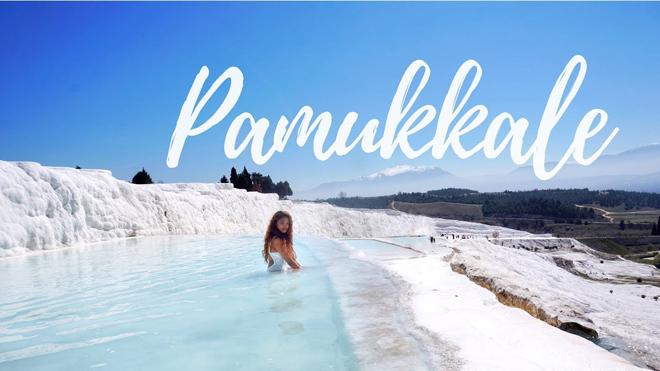
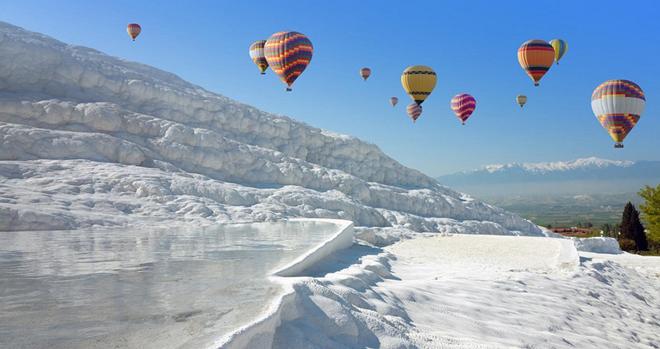
This place is home to a total of 17 hot springs, with temperatures ranging from 35 to 100 degrees Celsius. The water from these springs is channeled into the shell-shaped depressions, forming natural pools with turquoise-colored water. When viewed from above, they resemble floating clouds. Pamukkale is closely associated with local legends. One story tells of a young girl who couldn’t find a husband due to her unattractive appearance. As a result, she decided to commit suicide by jumping off the limestone cliffs into a pool of water but did not die. Afterwards, she miraculously became beautiful with smooth and rosy skin. The ruler of the Denizli region happened to pass by, fell in love with her, and married her.
This place is home to a total of 17 hot springs, with temperatures ranging from 35 to 100 degrees Celsius. The water from these springs is channeled into the shell-shaped depressions, forming natural pools with turquoise-colored water. When viewed from above, they resemble floating clouds. Pamukkale is closely associated with local legends. One story tells of a young girl who couldn’t find a husband due to her unattractive appearance. As a result, she decided to commit suicide by jumping off the limestone cliffs into a pool of water but did not die. Afterwards, she miraculously became beautiful with smooth and rosy skin. The ruler of the Denizli region happened to pass by, fell in love with her, and married her.
This place is home to a total of 17 hot springs, with temperatures ranging from 35 to 100 degrees Celsius. The water from these springs is channeled into the shell-shaped depressions, forming natural pools with turquoise-colored water. When viewed from above, they resemble floating clouds. Pamukkale is closely associated with local legends. One story tells of a young girl who couldn’t find a husband due to her unattractive appearance. As a result, she decided to commit suicide by jumping off the limestone cliffs into a pool of water but did not die. Afterwards, she miraculously became beautiful with smooth and rosy skin. The ruler of the Denizli region happened to pass by, fell in love with her, and married her.
The stagnant pools of water in these “natural pools” have transformed this place into a colossal natural spa amidst the clear blue sky. The scent of sulfur wafts through the air, mingling with the scent of water and the aroma of the rocks, creating a serene and remarkably soothing environment. It’s a space that exudes a sense of tranquility and comfort, unlike anything else, where all these elements come together harmoniously.
The stagnant pools of water in these “natural pools” have transformed this place into a colossal natural spa amidst the clear blue sky. The scent of sulfur wafts through the air, mingling with the scent of water and the aroma of the rocks, creating a serene and remarkably soothing environment. It’s a space that exudes a sense of tranquility and comfort, unlike anything else, where all these elements come together harmoniously.
Until the 1980s, Pamukkale was a popular destination for domestic tourists. Therefore, the local authorities began marketing and developing the area as a health care center, attracting international visitors. Surrounding hotels were demolished to create a more open space. The paths up the hillside were converted into pools for visitors to walk and soak in.
At Pamukkale, visitors can experience hot air balloon rides or paragliding to admire the sparkling pools and the ancient city of Hierapolis from above. The price for a 2-hour hot air balloon tour is around 130 EUR.
Pamukkale is indeed located in the Aegean region, but it is away from the coast. The mountains in this area receive winds from the sea, resulting in a mild winter. In January and February, there can be occasional sunny and pleasant days, but mostly there is rain and snow. The best time to visit Pamukkale is during spring, from March to May, and in the autumn, from September to November.
